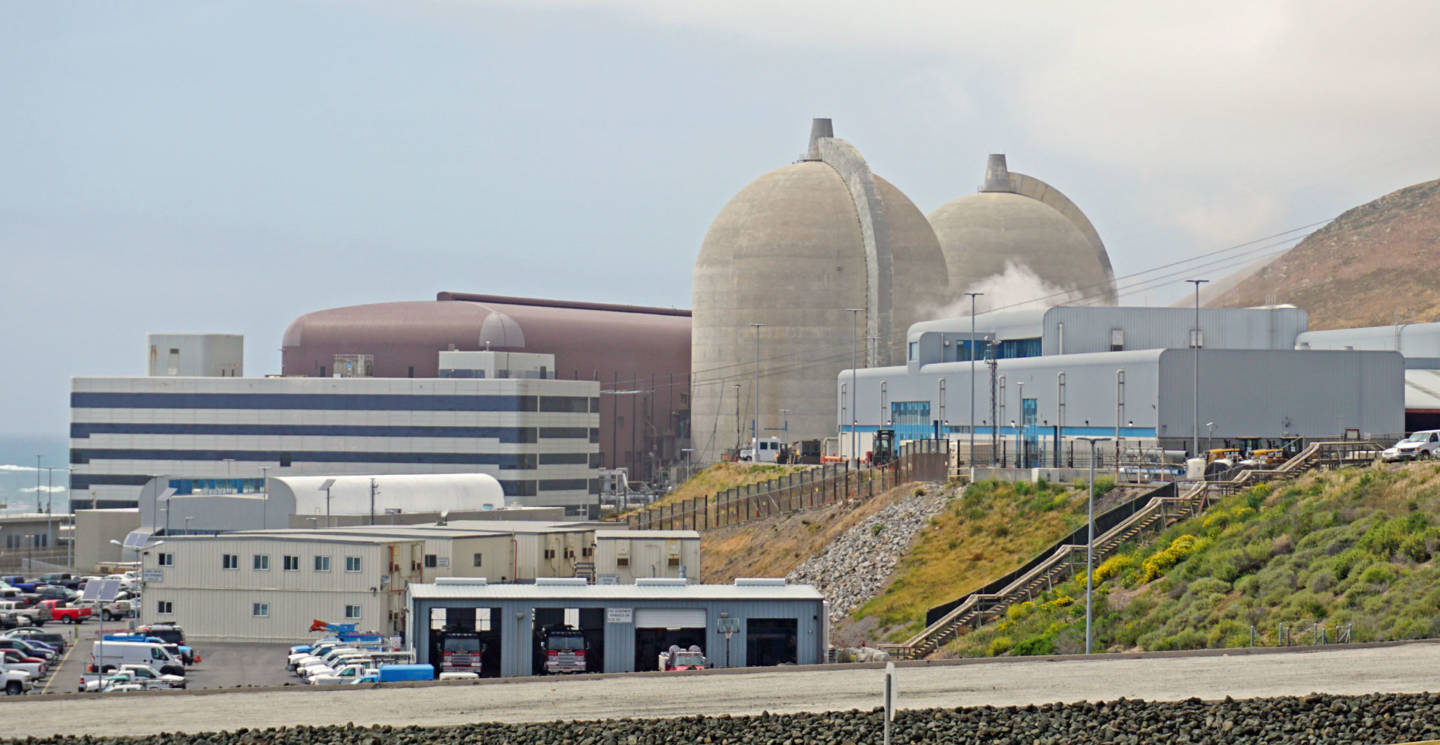Did you go with electric auxiliary heat instead of a gas furnace to avoid minimum bill charges on gas?
We had NG turned off at the meter a few years ago but that was not the main reason. We did hope to avoid minimum NG bill charges, but that was mostly a wash as California perversely gives one of the clean energy rebates through having NG service which mostly erased the benefits of losing that charge.
The main reason for us was that we wanted to be 100% electric for home, vehicles, yard equipment, etc as are working towards minimizing our carbon footprint. Have been hoping for home batteries for a while, but barriers are if prices improve and if it looks like we will stay in the house for more than a few more years.
Currently I am looking at installing a dual fuel system...
Your sig says SF bay area. Your winters likely are even more mild than ours (we don’t get more than a very brief light snow every few years and freezing temps are not particularly common nor have I seen if colder than 25
°F and only below freezing temp some winter days for a few hours before dawn). I would recommend you consider not going the dual fuel route.
...my water heater still runs on gas. And I probably won't get a heat pump water heater until they do the sensible thing and put the evaporator and compressor unit outside the house so it doesn't make so much noise inside. You can easily hear a compressor running in the garage but not one that's outside.
This would certainly help with noise inside, but you would lose efficiency by moving it outside and it would also be more prone to rusting. We run our heat pump water heater only during off-peak hours. That also means running it sometimes when it is quite chilly outside, but invariably it is much warmer in the garage then.
Consider working on sound isolation such as a sound dampening board under the water heater to attenuate sound conduction through direct solid material contact and consider sound isolation material on the wall(s) adjacent to the water heater for air transfer acoustic attenuation.
We haven't done any sound isolation and agree the heat pump water heater can be heard on the opposite wall inside the house. It's white noise, so not particularly annoying. Still, ours is against a master bathroom wall and we can only hear it quietly from the master bedroom with the door to the bathroom open.




